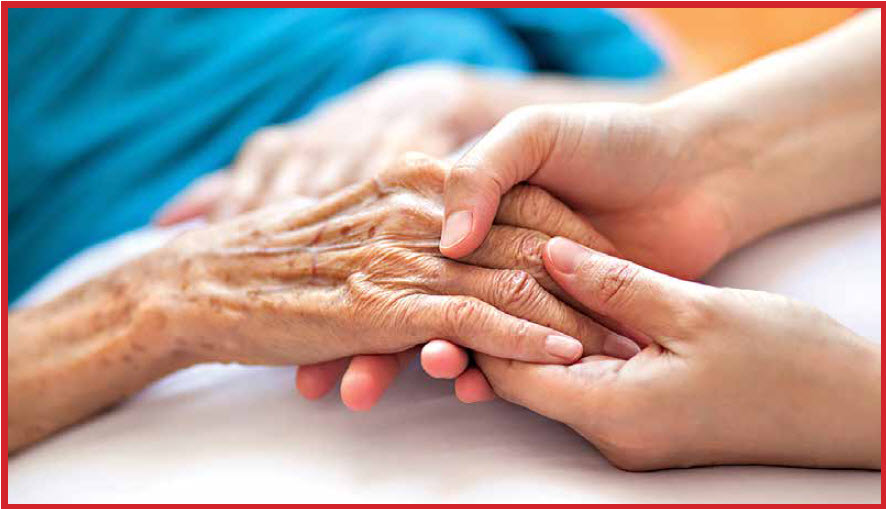By: Mae Lewis
“People are like stained-glass windows. They sparkle and shine when the sun is out, but when the darkness sets in, their true beauty is revealed only if there is a light from within.” Elisabeth Kübler-Ross
You may not have heard of Elisabeth Kübler-Ross, but you have been impacted by her work. Elisabeth was a Swiss-American psychiatrist who lived between 1926 and 2004. As a young girl, she traveled throughout Europe after the war doing relief work. She was profoundly affected by the resilience of the human spirit in the aftermath of the war and the stories that were told by the survivors of extermination camps. At the age of 16, against her father’s wishes, she left home to begin a career in medicine as a psychiatrist.
Her academic and professional career is very admirable, but there is not space enough to cover it here. When she began her career at the Manhattan State Hospital in the early 1960s, she was working with schizophrenics and the terminally ill. She was horrified at the treatment of the patients, who were often completely ignored, and implemented significant changes in how they were individually treated. She went on to work at various hospitals and universities, devoted to the “greatest mystery in science” — death.
Kübler-Ross was the first person to change the way the world looks at those who are terminally ill. She is responsible for making hospice care and palliative care a normal part of society, and helping the world to see that death is necessary stage of life. Her focus on the terminally ill and her research into death, led to sweeping changes in the medical field that drove doctors and nurses to treat the dying with dignity.
In 1969, she published an international best-selling book, On Death and Dying which introduced the five stages of grief: denial, anger, bargaining, depression, and acceptance. She originally developed these stages to describe how terminally-ill patients come to terms with their own deaths. Later it was recognized that anyone experiencing any form of personal loss, such as the end of a relationship or loss of a job, was experiencing these stages. They have now come to be known as the “Kübler-Ross change curve.”
In the 1970s, she traveled to over twenty countries on six continents, initiating hospice and palliative care programs, and promoting “Death with Dignity.” In the 1980s, her attention turned to AIDs patients and abandoned children who were infected with HIV. She profoundly influenced the perception and stigma of AIDS as a “gay disease” and was able to exert change in the medical field for women, children, and babies with AIDS. Her work was not well received though, especially in her own community. In Virginia, where she lived, her work with children suffering from AIDs and HIV was prohibited by the religious community in which she lived. Her neighbors tormented and attacked her, even going so far as to set fire to her home in which she lost almost everything.
Elisabeth Kübler-Ross became the world’s foremost expert on death and dying. She was named by Time magazine as one of the “100 Most Important Thinkers of the 20th Century.” She received nineteen honorary doctoral degrees from universities all over the country and was inducted into the National Women’s Hall of Fame.
In my studies of Elisabeth, it is easy to see that the driving force behind her work was a compassion for others and a belief that all human beings are sacred. She treated each patient not as a case study, but as a human being who was worthy of dignity and physical touch, as a person who had a sacred light within them. She saw each person as someone who had hopes and dreams and very real fears, and showed a genuine interest in their life and the emotions that they experienced regarding death. She was able to help people who had been abandoned by their families and churches find meaning and peace in their lives and deaths. Her many workshops on death and dying were like a gathering of friends and family, rather than an academic lecture. She brought peace to thousands in their final hours and treated each one as a friend.
Her work had a profound influence on society and medicine, and her gift was her ability to light a spark within others to show compassion. “None of us is so unique as to be exempt from the human condition.” EKR
By: Mae Lewis









 June 20, 2025
June 20, 2025



